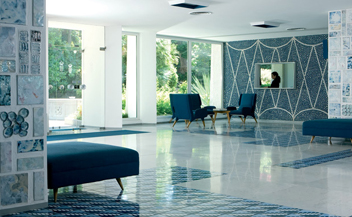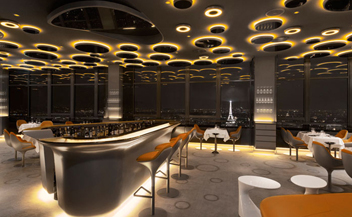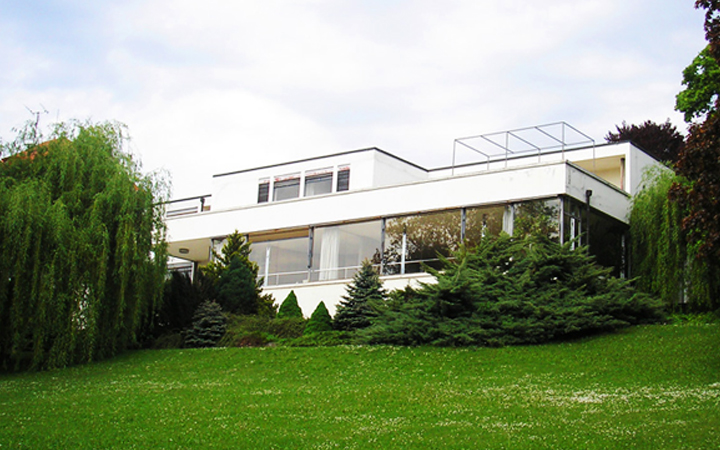
Ludwig Mies van der Rohe's opera, Villa Tugendhat, is a symbol of modern
architecture. In the early '30s the family Tugendhat commissioned the
construction of their home to the German architect. All villa is built
according to the modernist conception "less is more". Simple and
geometric lines intersect in the creation of all ambience excluding any
superfluous decoration.
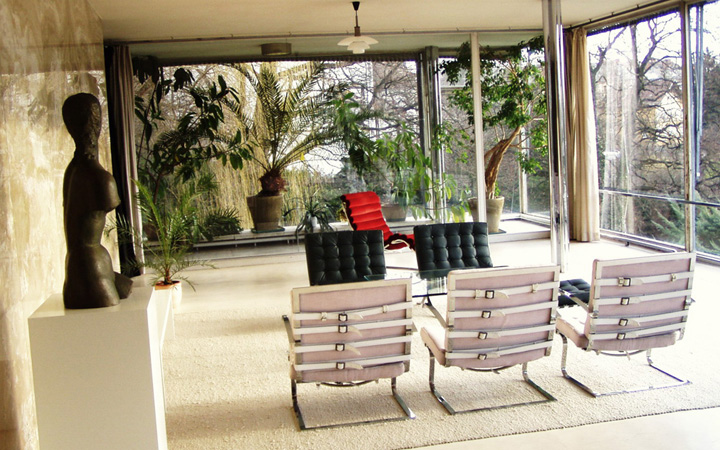

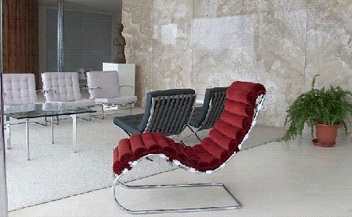
Simplicity and brightness proposal are the result of careful research
that led to the combination of exotic materials and advanced
technologies. The onyx and ebony used for the embodiments of the walls
confer particular shades of color that change depending on the reflect
light. Mies creates specifically many of the furnishings of the Villa,
including "Brno chair" in two versions and "tugendhat chair". Both
pieces are made of steel as to resume the structure of the house and to
return to the simplicity, that doesn't miss any details, as tipically of
the designer.

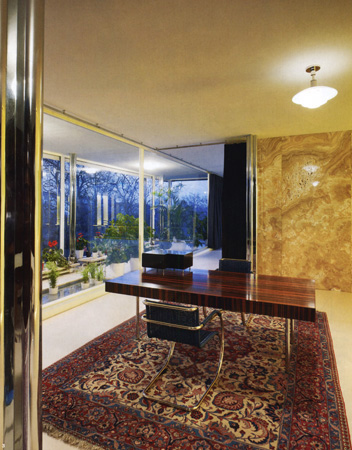
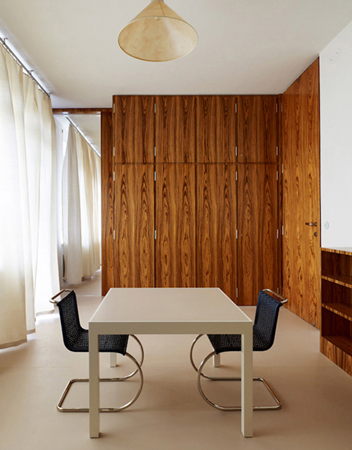
Particulary impressive is the wall made of Macassar ebony which limits
the dining room. The curved line that divides the living room from the
library reflects and emphasizes the effects without solution of
continuity with which Mies wanted to cover the whole house. Another
impressive element inside the Villa are the huge windows that overlook
the center of Brno that allow the entrance of all the light needed to
render the atmosphere studied by Mies.
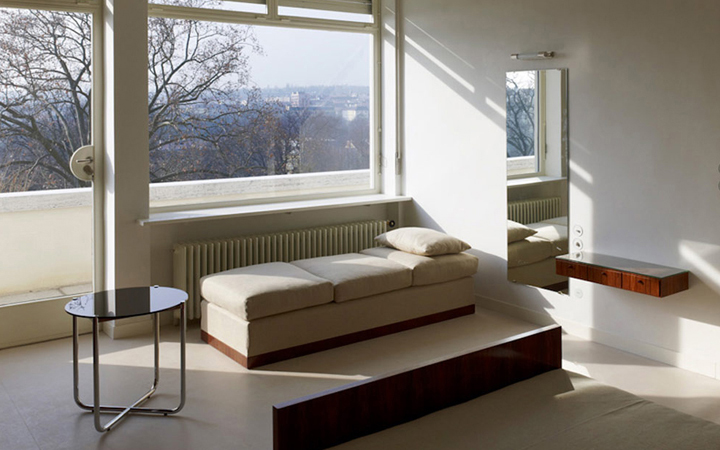
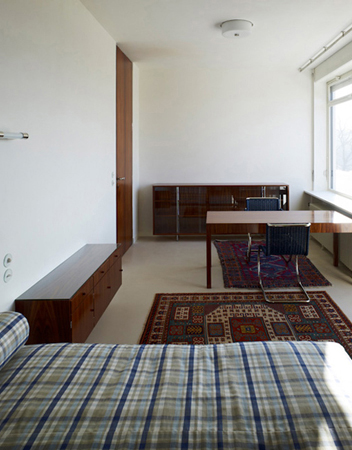


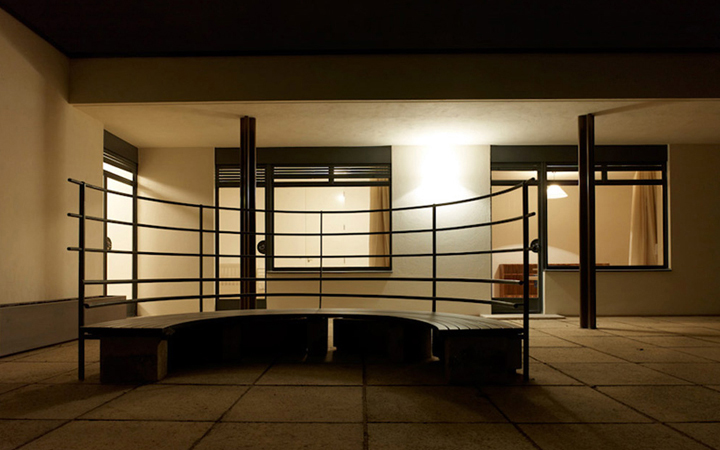
TO THE
TOP


